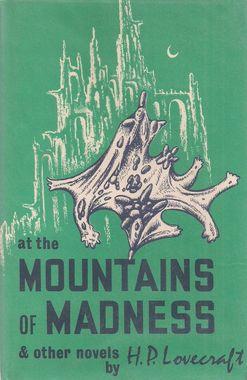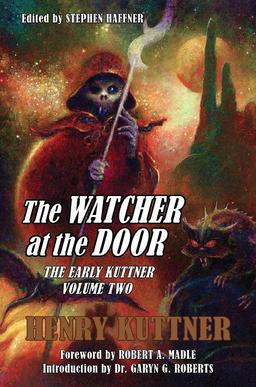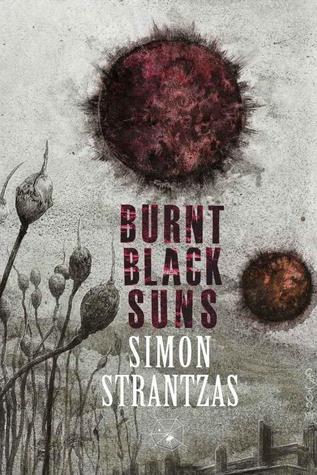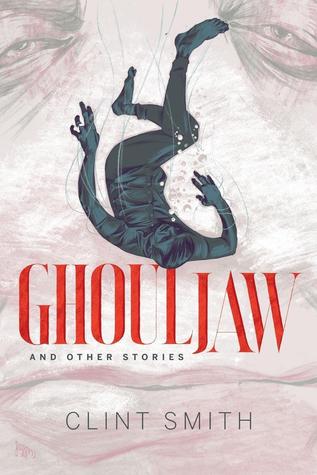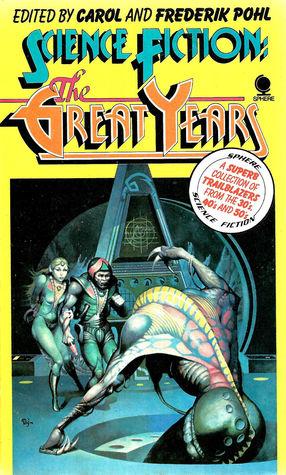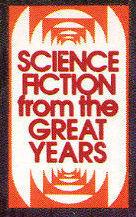Vintage Treasures: Earth’s Last Citadel by C.L. Moore and Henry Kuttner
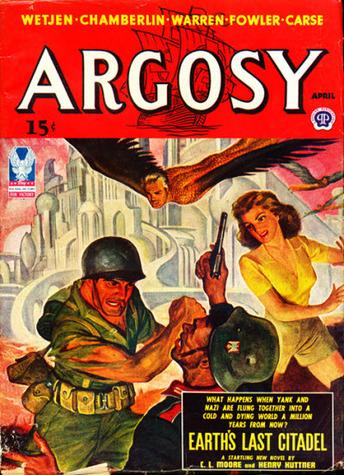 |
 |
 |
Last week I talked about The Watcher at the Door, the upcoming second volume in Stephen Haffner’s The Early Kuttner. By coincidence, I found a copy of the 1983 Ace reprint edition of C.L. Moore and Henry Kuttner’s early novel Earth’s Last Citadel — a novel that’s been blessed with some really fine cover art over the decades — a few days later in a small collection I’d purchased on eBay, and I thought it would be fun to track down all the various covers it’s had over the years.
Earth’s Last Citadel first appeared as a four-part serial in Argosy magazine, April-July 1943 (above left, cover artist unknown; click for bigger version.) When I talk about great art, I’m not talking about this cover. But I suppose in 1943, you couldn’t go wrong with a square-jawed G.I. clocking a soldier in a Nazi helmet.
The entire thing was reprinted seven years later in Fantastic Novels Magazine, July 1950, with a cover by Lawrence (above, middle). Collecting pulps wasn’t easy even in the 40s, and if you were unfortunate enough to stumble on one installments a few years later, and wanted to read the rest… God help you. Trying to track down all four issues was no easy task. Fantastic Novels Magazine is one of my favorite pulps for that reason — it collected countless novels that were originally scattered across 3-4 magazines and reprinted them whole. It also commissioned new artwork, much of it, as in this case, by the great Virgil Finlay. Finlay’s full-page pieces for Earth’s Last Citadel (below) are gorgeous, and just as famous as the novel is today.

